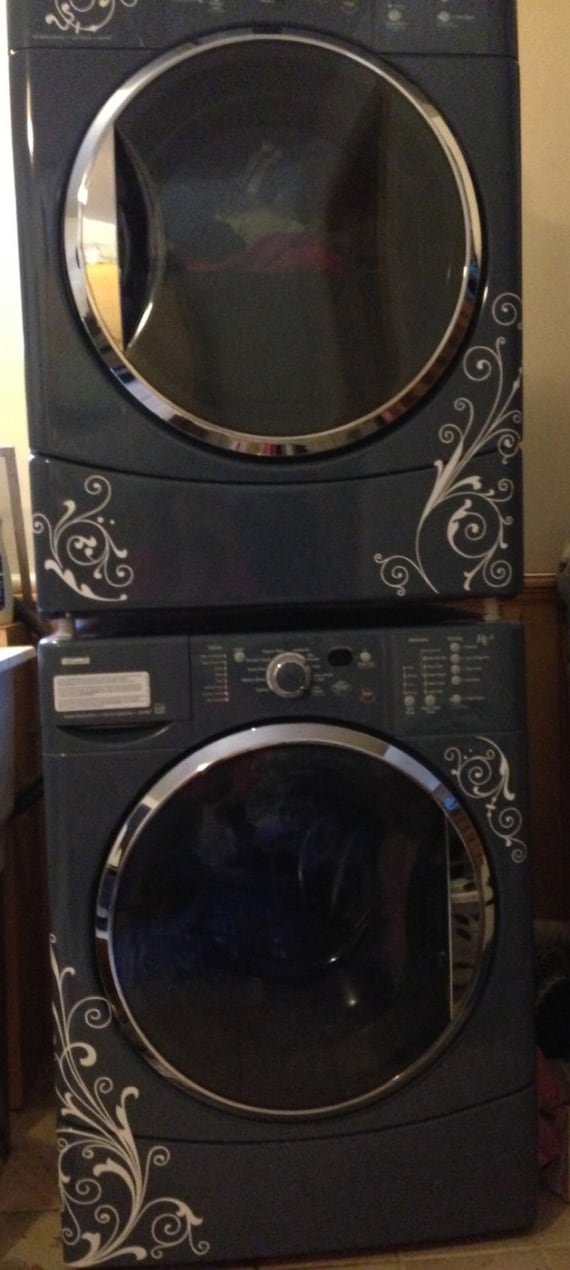Just like wood, steel also has a grain. These are the very faint striations that can be found on the surface of your appliance. An entire sheet of steel will have the same direction grain. That said, an appliance will usually have other steel pieces attached, such as handles and knobs. These other pieces may have a different direction grain, so make sure you are aware of this.
Will your appliance be ruined if you do not clean in the direction of the grain? Nope. Nothing dramatic will happen! Only that If you wipe perpendicular to the grain, more cleaning residue (mixed with any grime already on the steel) may get deeper into the tiny little crevices of the grain. For optimal shininess, its best to go with the grain. This rule applies to any cleaning agent you use on any piece of stainless steel.
What you'll need
- 2 non-abrasive cleaning rags. I went with 100% cotton because it has almost absolutely no residual lint. However, in the past, I have used run-of-the-mill paper towels, which worked ok (they do leave some lint)
- Dish soap. Here I used "Dawn"
- Baby oil or any mineral oil
- Stained steel
Cleaning
Mild and quite loveable, dishsoap is amazing in fighting grime off dishes...and appliances! Who knew? This step will clean excess oils off the steel, and make polishing much more enjoyable!
- Apply a small amount to your cleaning rag. Rinse with a small amount of water, just enough to make your rag damp
- Wipe along the grain line of your appliance. For extra stubborn fingerprints, you may need to go over the area a few times.
- When thoroughly finished cleaning an area, dry any water marks with a dry towel.
Polishing
This is the rewarding part.
- Put a *small* amount of mineral oil or baby oil on your second rag. Really, a couple of drops will be more than sufficient!
- Similar to cleaning, follow the grain of your steel, and move in either direction.
- Polishing the steel in this way will give you optimal results.
You're done! Enjoy your shiny appliance!


